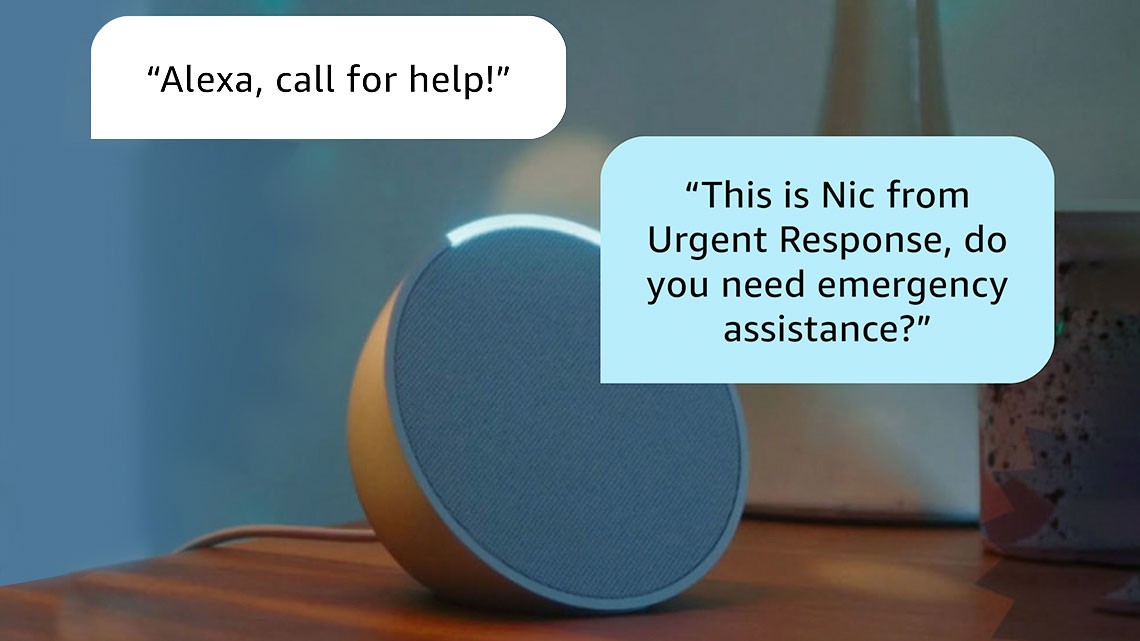Staying Fit


Hospice is meant to be an end-of-life respite, with a focus on comfort and pain management when people have only a few months, or less, to live. But a jaw-dropping new report from the Office of Inspector General (OIG) at the U.S. Department of Health and Human Services suggests that hospice care for Medicare recipients can sometimes be less haven than hell.
The OIG's analysis of Medicare-covered hospice services — provided to 1.4 million Medicare beneficiaries at a cost of $16.7 billion in 2016 alone — from 2006 to 2016 found that more than 85 percent “had a deficiency” in the quality of the care they provide, while about 20 percent had a serious deficiency (in some cases meaning that the health and safety of beneficiaries may be in jeopardy).


AARP Membership— $12 for your first year when you sign up for Automatic Renewal
Get instant access to members-only products and hundreds of discounts, a free second membership, and a subscription to AARP the Magazine.
Many recipients were left in “unnecessary pain for many days"; families weren't given crucial information about their loved one's care; and hospices were overbilling Medicare “hundreds of millions of dollars."
But OIG's specific examples illustrate the abuse most vividly. They include a hospice patient who “developed maggots around his feeding tube insertion site"; hospice staff members neglecting to report the possible sexual assault of a beneficiary; and a patient in pain and vomiting blood who wasn't visited by hospice staff for several days.
Then there's the fraud: A hospice billed Medicare for 17 days of general inpatient care for a 70-year-old man, “but never visited him,” the OIG reports. “Instead, the hospice called his family to inquire how he was doing.” Others falsely certified people as terminally ill, offering fake diagnoses. (Some of these hospice owners have ended up in prison.)
The report notes that the current system has led to the typical hospice lowering the quality of its services because Medicare pays it “for every day a beneficiary is in its care, regardless of the quantity or quality of services provided on that day.” It also pays the same for every day of the week, despite often providing fewer services on weekends.
But the OIG certainly doesn't want people to avoid hospice: Deputy Regional Inspector General Nancy Harrison says, “It's an important benefit and can bring great comfort and ease the burden for recipients and their families during a really difficult time. That's what it's supposed to do, and why there are real consequences when the services don't live up to their promises."
For expert tips to help feel your best, get AARP’s monthly Health newsletter.

































































More on health
How to Find a Quality Hospice
Questions to ask to get the best possible end-of-life care for your loved one